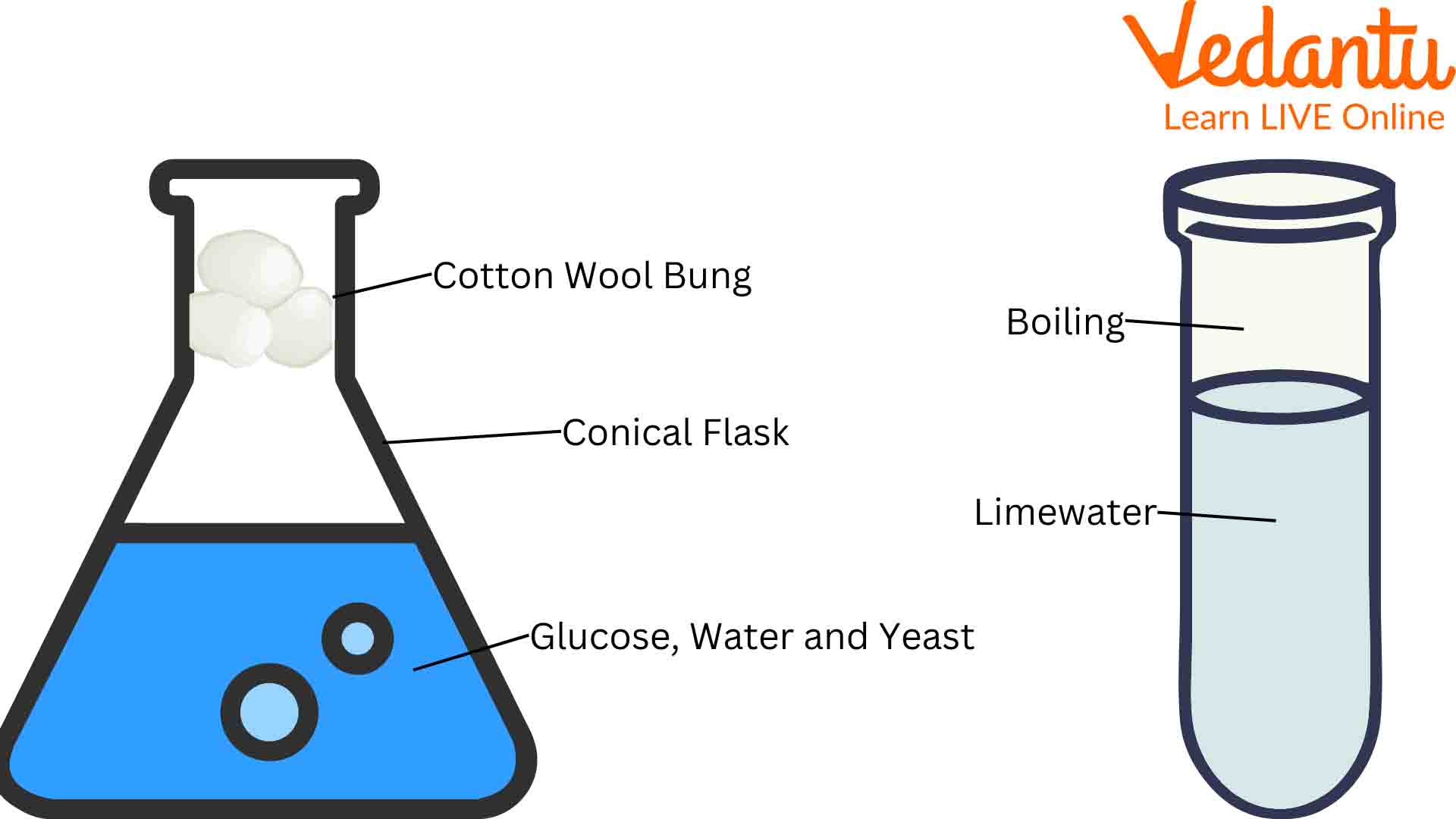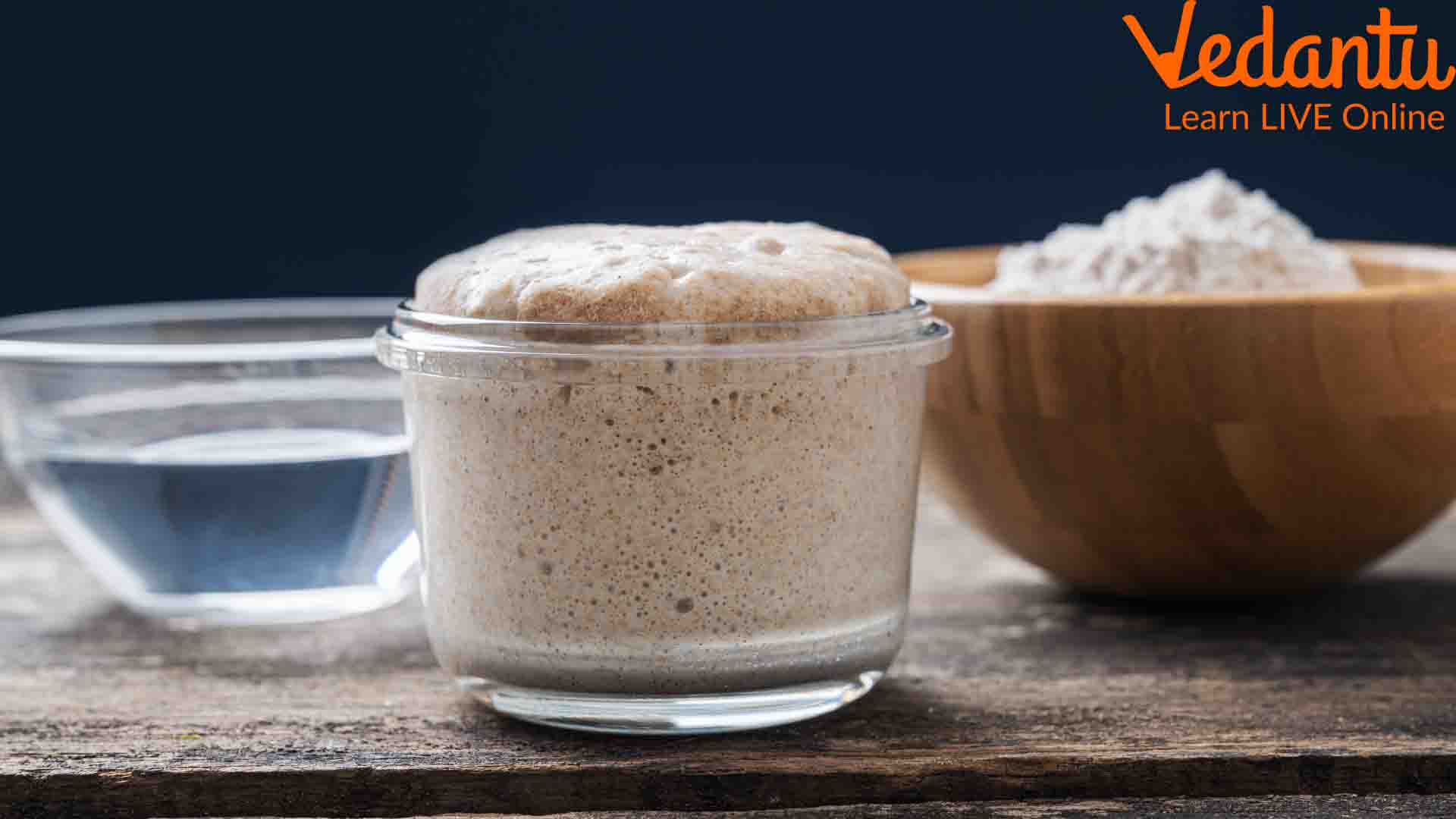Why is the Yeast Fermentation Process Used?
Though fermentation means turning carbohydrates into alcohol or acid, knowing yeast fermentation is more important for baking tasty cakes and bread at home. In simple words, yeast fermentation is the way to make cakes and bread look good and taste good.
Yeast, the most commonly used microorganism, is used in almost every kitchen. By proper fermentation, you can prepare a lot of food and drinks. You can prepare any alcoholic beverage, cider, coffee, cake, and of course, bread at home using yeast. So, in this blog, we have mentioned some well-known yeast fermentation experiments to give you a clear insight into how yeast reacts if mixed with something.
What is Yeast Fermentation and who Invented the Process?
Before we talk about yeast fermentation, you must know what the fermentation process is all about. Fermentation is nothing but a natural process of making any by-products, bread and alcoholic beverages. Biologically, fermentation is a central metabolism process where an organism converts carbohydrates into alcohol or acid.
The person who discovered the process of fermentation, Louis Pasteur, clearly understood how yeast is essential for the fermentation process. He was the one to demonstrate that fermented beverages are the result of the living yeast transforming glucose into ethanol.
You can make cakes, alcoholic beverages, bread, etc., by following this age-old yeast fermentation process by Louis Pasteur, who discovered the process of fermentation. Now that you know how yeast plays a role in fermenting your food, we have mentioned a few yeast fermentation experiments below to provide you with clearer insight.

Glucose Fermentation Using Yeast
Benefits of yeast Fermentation
The process of yeast fermentation is used to prepare various food items and beverages.
More than domestic use, this process is used in manufacturing bread, cakes, alcoholic and non-alcoholic beverages, etc., in factories.
Yeast, which is used in edibles, has many health benefits.
Fermentation of Glucose Using Yeast
You can produce a lot of food by using the fermentation process. However, beer and wine are the most famous of them. You can produce wine and beer easily by fermenting glucose with yeast. This is undoubtedly the most famous example of fermentation. We have discussed everything about the glucose fermentation process below.
Required Materials
Conical flask of 100 cm3
1 gram of yeast
Limewater
Cotton wool
Boiling tube
Sticky labels
5 grams of glucose
Cylinder for measurement
Warm water (heat it at 30 to 40 degrees Celsius)
Access to balance
How to Do the Experiment?
What is fermentation in Biology? To know the answer, you need to have a practical experiment. So, firstly, put glucose into the conical flask. Make sure that you have taken 5 grams of it.
You must add 50 cm3 of warm water for this yeast fermentation experiment.
Swirl the flask a bit to dilute the glucose in the water.
For the yeast anaerobic respiration, add the yeast you have taken to the solution.
Once that is complete, cover the top of the flask with cotton wool.
You must wait a little while for the fermentation process to occur properly.
The next step to observe the yeast anaerobic respiration is to remove the cotton wool.
Now, pour the invisible gas into the tube that has the limewater. This step is essential to following the fermentation formula.
Slowly swirl the limewater, try to dissolve the mixture and observe what happens next.
Once you have swirled enough, remove the cotton wool from the top of the flask and smell the mixture. That is it! You have nothing more to do for the experiment of glucose fermentation by yeast yields.
Observation
This experiment breaks the glucose into carbon dioxide and ethanol. Since yeast has an enzyme named zymase, which instigates the fermentation process, it breaks the glucose into the above mentioned ingredients.

Fermentation of Sugar Using Yeast
If you are still confused as to what is fermentation in Biology? You can get this answer by performing a sugar fermentation experiment as well. We have discussed the process of sugar fermentation below.
Required Materials
Three small dishes
Three glass cups
Permanent marker
Water (both cold and warm)
Two teaspoons of sugar
How to Do the Experiment?
Take three small dishes and fill them with two inches of cold water.
Now, put the glasses into the dishes and mark their numbers. For example, you can write no. 1 for the first glass.
Put one teaspoon of yeast, two teaspoons of sugar and ¼ cup of warm water into the first glass.
In glass no. 2, mix one teaspoon of yeast and ¼ cup of warm water.
In glass no. 3, you have to mix one teaspoon of yeast. The respiration seen in yeast happens because of this.
Now, wait and observe the glasses.
Observation
We have previously discussed that fermentation breaks down a substance by using any bacteria or microorganism. In this yeast fermentation process, the yeast in the first glass gets activated when water and sugar are mixed with the yeast. As a result, the yeast eats up the sucrose, completing the fermentation process.
Though in any sugar fermentation process, the sugar gives off heat or any gas as a waste product, in this case, glass no. 1 gives off carbon dioxide. These fermentation uses are essential in making various food products and alcoholic beverages.
Conclusion
Knowing the fermentation process has perhaps been the best friend of all the bakers in the world. Everybody, even with a little knowledge of cooking or baking, knows that no matter how perfectly you try to use the ingredients, bread, and ciders, these are never good enough if you have not used the yeast properly.
So, whether you do the yeast fermentation experiment for study or baking, ensure you know the right way to do it. Otherwise, your number and bread will hang in the middle of nowhere.







